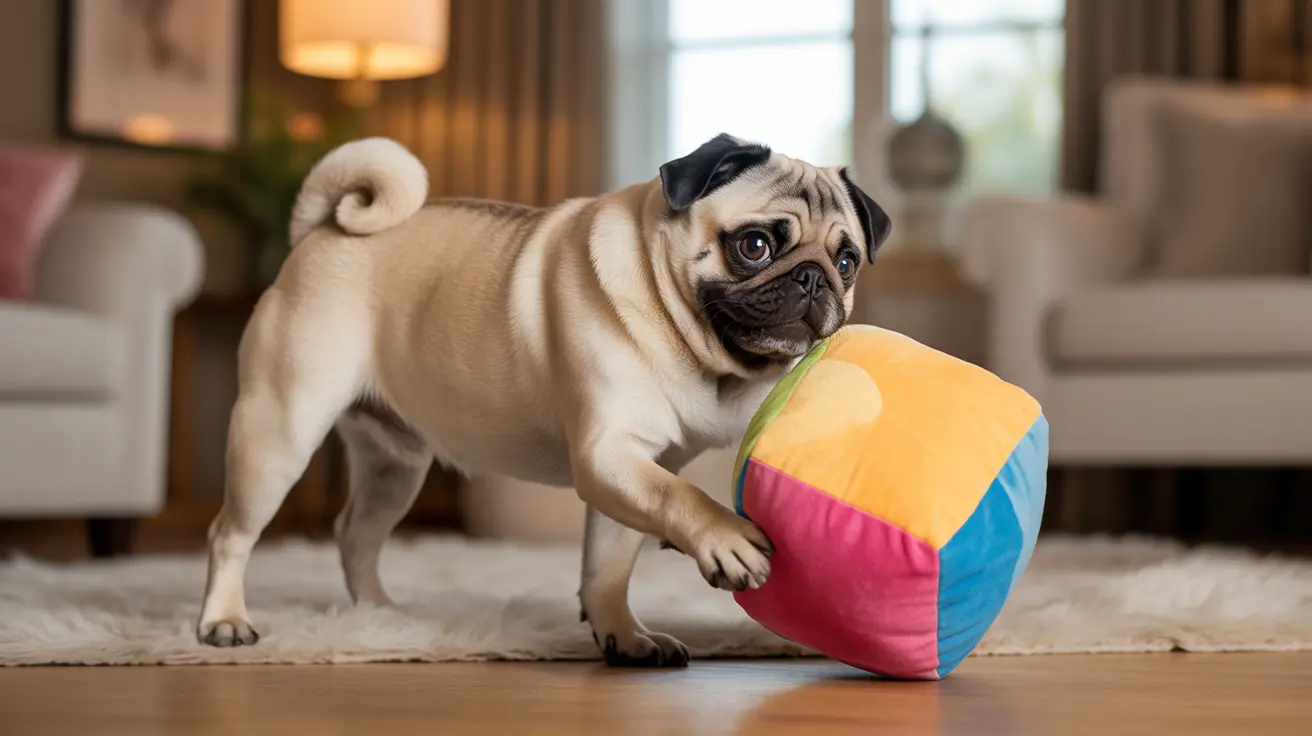Understanding the 3-3-3 Rule for Dogs: A Guide to Building Trust
The bond between dogs and humans is profound, built over thousands of years of co-evolution and mutual affection. When adopting a new dog, understanding how they adjust to a new environment is essential. One helpful guideline is the 3-3-3 rule, recommended by dog experts like Heather Dickeson of Austin Pets Alive!. This concept helps set expectations and fosters a smoother transition for both dog and owner.
What Is the 3-3-3 Rule?
The 3-3-3 rule is a general timeline for how a dog adapts after moving into a new home:
- 3 Days to decompress
- 3 Weeks to learn your routine
- 3 Months to feel truly at home
This framework emphasizes the need for patience and consistency during a dog’s early days in a new environment.
First 3 Days: Decompression
When a dog first arrives at their new home, they often feel overwhelmed and anxious. Even the most loving environment can be disorienting. During these initial days:
- Allow the dog space to explore and decompress
- Minimize overstimulation from guests or other pets
- Provide a calm, secure sleeping area
This period allows the dog to process the change and start feeling safe.
First 3 Weeks: Learning the Routine
Over the next three weeks, dogs begin to understand what life with their new family looks like. They start to recognize patterns and expectations. During this time:
- Establish consistent feeding and walking schedules
- Begin basic training using positive reinforcement
- Set clear boundaries and rules
Routine helps reduce anxiety and builds trust. Dogs are highly social and thrive on structure.
First 3 Months: Feeling at Home
After three months, most dogs start to feel like a real part of the family. They become more confident, expressive, and affectionate. At this point, relationships become stronger as mutual trust grows:
- The dog is likely bonded closely with you
- They display affection through behaviors like tail wagging, eye contact, and bringing toys
- They may become protective or follow you around
Building trust requires time and patience, but the emotional rewards are immense.
How Dogs Show Love and Trust
Dogs express affection in many ways, often mirroring human behaviors linked to bonding:
- Tail wagging, especially the distinctive "helicopter tail," signals joy
- Soft eye contact stimulates the release of oxytocin, the bonding hormone
- Excited greetings reveal a deep attachment
- Licking continues from puppyhood as a sign of affection
- Bringing toys shows trust and invites connection
- Sleeping near you indicates a sense of safety
- Facial expressions, like raised eyebrows, evoke nurturing instincts
Each dog is unique, and their expressions of love will differ. However, these behaviors reflect strong emotional bonds built on security, consistency, and kindness.
The Science Behind the Bond
Scientific research backs up these observations. Studies have shown:
- Dogs respond positively to their owner’s voice and scent, activating their brain’s reward centers
- Interactions like touching and eye contact raise oxytocin levels in both dogs and humans
- Functional MRI scans reveal emotional brain regions light up during human interactions
This mutual hormone surge enhances emotional wellbeing and social motivation. Dogs are biologically wired to connect with humans on a deep emotional level.
Emotional Intelligence in Dogs
Studies by ethologists and psychologists indicate dogs go beyond simple attachment. They experience emotions akin to love and loyalty. According to Clive Wynne and Marc Bekoff, dogs form real emotional bonds with people, such as missing them in their absence and showing empathy during difficult times.
Research also highlights that domestic dogs have specific muscle adaptations, like the inner eyebrow lift, to communicate more expressively with humans — further evidence of our long-shared emotional journey.
Building a Loving Relationship
Creating a secure and loving environment requires active participation:
- Spend quality time through shared play and walks
- Use positive reinforcement to encourage good behavior
- Show physical affection such as cuddling or gentle petting
- Maintain eye contact to trigger bonding hormones
- Respect your dog's pace during their adjustment period
Dogs thrive on consistency, affection, and mutual respect. Like human relationships, love grows over time with trust and care.
Conclusion
The 3-3-3 rule for dogs is more than a timeline — it’s a philosophy of empathy and understanding. Recognizing that dogs need time to adjust helps foster a stronger, healthier bond. With love, structure, and patience, your dog will soon see your home as their own safe haven — and you as their beloved companion.





